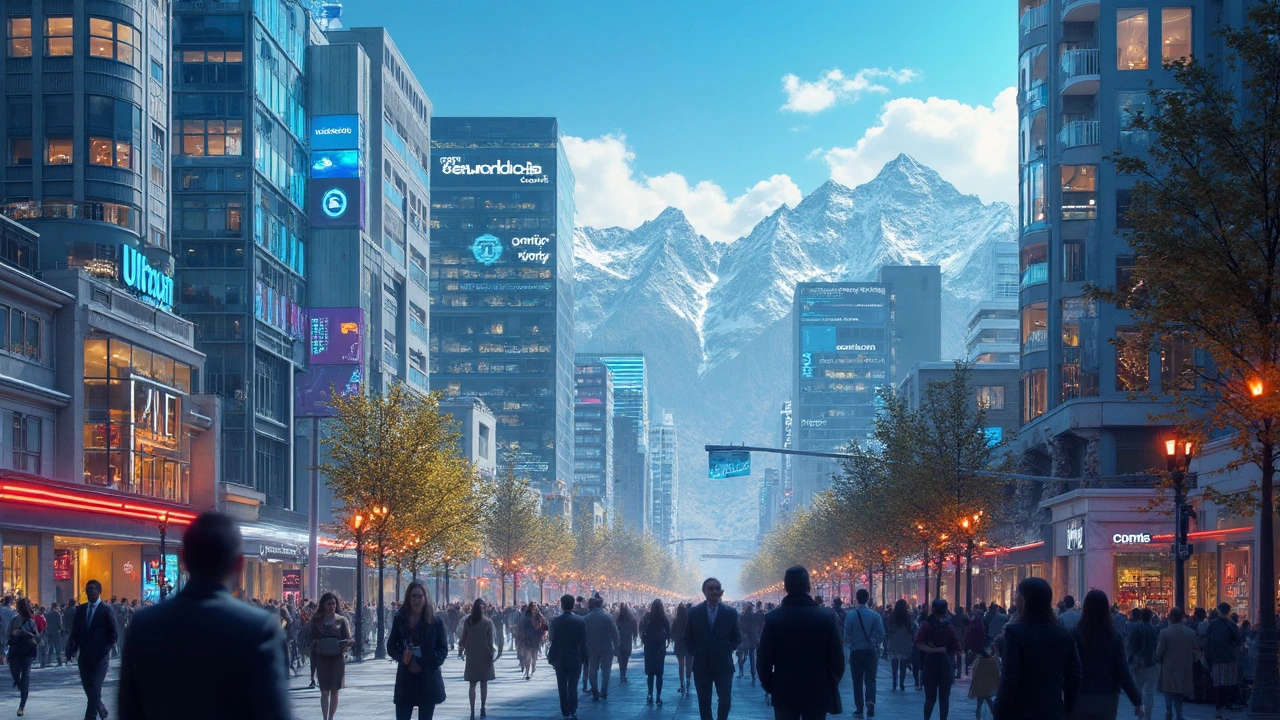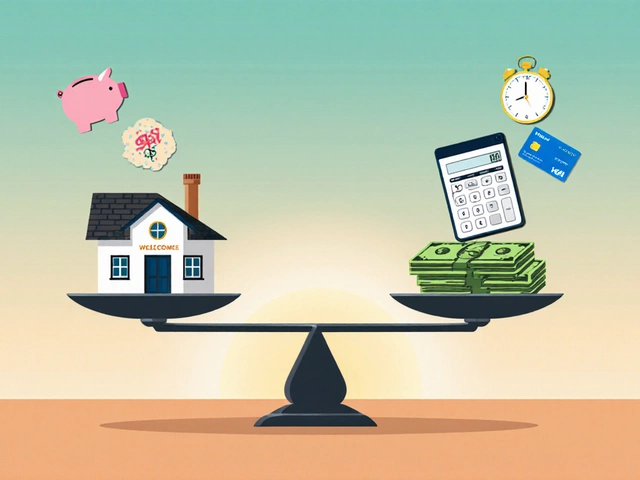Utah Living: What You Need to Know Before You Move
Thinking about swapping your current city for the mountains, desert, and vibrant towns of Utah? You’re not alone. More people are asking if Utah’s mix of outdoor adventure, growing job market, and affordable homes can fit their lifestyle. Below you’ll find the basics in plain language, so you can picture daily life without guessing.
Cost of Living and Housing
First thing on most lists: money. Utah’s overall cost of living sits a few points below the national average, and the difference becomes clear when you look at housing. In Salt Lake City, a one‑bedroom apartment averages around $1,300 per month, while in smaller towns like Provo or Ogden you’ll see rents nearer $900. Buying is also kinder than in coastal markets—median home prices hover around $450,000 statewide, with cheaper pockets below $300,000 in places like Cedar City.
Utilities are modest, too. Expect $150–$200 a month for electricity, water, and gas for a typical 1,200‑sq‑ft home. Groceries follow the national trend, and taxes are relatively low: Utah has a flat income tax of 4.95% and a sales tax around 5.6% (local rates can push it up a bit).
If you’re budgeting, a good rule of thumb is to keep housing costs at or below 30% of your take‑home pay. With the numbers above, a $70,000 salary comfortably covers rent in most cities, while a $100,000 income opens up better neighborhoods and a larger home.
Lifestyle and Outdoor Fun
Utah isn’t just about numbers; it’s a playground for anyone who likes the outdoors. The state boasts five national parks—Zion, Bryce Canyon, Arches, Canyonlands, and Capitol Reef—each within a two‑hour drive from major towns. If you love hiking, mountain biking, or skiing, you’ll find a trail or slope nearby year‑round.
City life has its perks, too. Salt Lake City offers a growing food scene, a budding tech sector, and a cultural mix of museums, theaters, and music venues. Provo, home to Brigham Young University, gives a college‑town vibe with affordable coffee shops and lively events. Families often pick places like Park City for its safe neighborhoods, top‑rated schools, and year‑round activities.
Transportation varies by area. Salt Lake City’s light rail (TRAX) connects downtown to suburbs, making a car optional for many commuters. In more rural spots, a reliable car is essential, as public options are limited.
One thing to keep in mind: Utah’s climate can be a surprise. Summers can hit the high 90s in desert zones, while winter brings heavy snow in the Wasatch Range. Investing in good insulation and a snow‑removal plan will save hassle down the road.
Bottom line? Utah offers a balance of affordable living, solid job opportunities—especially in tech, healthcare, and education—and endless ways to stay active outdoors. Whether you’re a young professional, a growing family, or a retiree looking for scenic calm, the state has a spot that fits your budget and your pace.
Ready to take the next step? Start by comparing rent or home listings in a few cities, check out local salary data for your field, and plan a weekend trip to explore neighborhoods in person. You’ll get a feel for the vibe, the commute, and the community before signing a lease or making an offer.
Utah living isn’t a one‑size‑fits‑all story, but with the right info you can match the right town to your goals. Dive into the details, ask questions, and you’ll find out why more people are calling Utah home every year.





